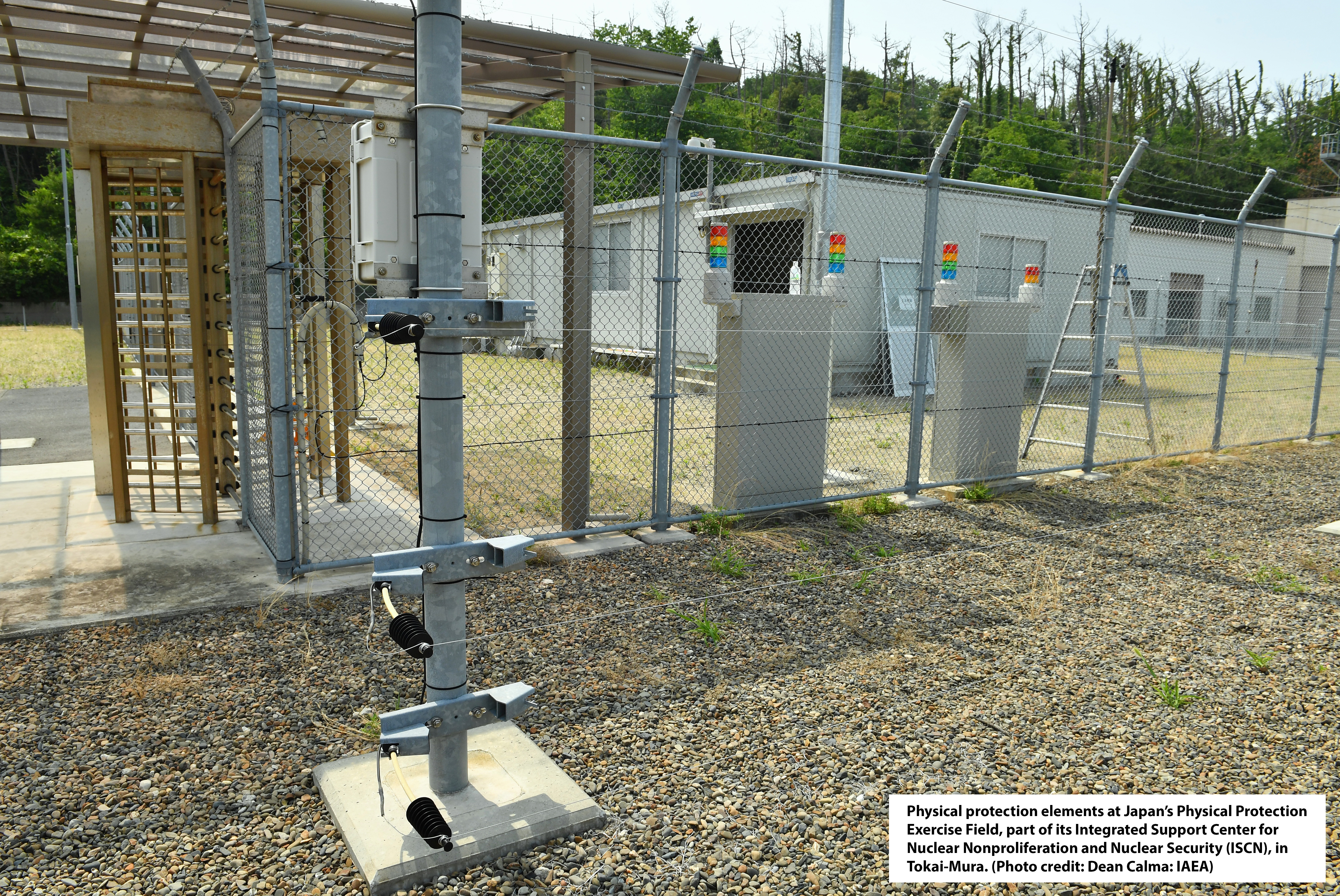
All nuclear facilities contain assets that must be protected against security threats. Threats may be in the form of outsider adversaries seeking to steal materials to produce nuclear weapons or dirty bombs or to attack the facility to cause a dangerous release of radioactive materials. Adversaries may also collude with insiders, people with authorized access to the facilities. Protection elements—like barriers, detectors, alarms, doors and so forth—are installed at a facility as part of the physical protection system (PPS) to detect the intrusion of adversaries and then delay their progress in order to give the response force, such as the police, time to interrupt the intrusion and neutralize the adversary.
Analysts evaluate the effectiveness of a PPS by calculating the probability that an adversary would be stopped by a response force for each possible path an adversary could take to get from outside the facility to the target. There is currently a method used to measure the physical protection system effectiveness, called the estimate of adversary sequence interruption (EASI), in which single adversary intrusion paths are analyzed one at a time. However, imagine if the facility is massive, with many different possible intrusion paths. Analyzing these paths one at a time is not only tedious, but it can also be limited in its ability to evaluate the system as a whole.

Yanuar (Ady) Setiawan, a master’s student with the Center for Nuclear Security Science and Policy Initiatives (NSSPI), worked on this issue with Dr. Sunil Chirayath, director of NSSPI and an associate professor in the nuclear engineering department, and developed a software code that can measure the effectiveness of the physical protection system using a multi-path analysis that includes all of the possible intrusion path options in the facility. The developed code utilizes a stochastic approach—compared to the deterministic approach used in the EASI model—and is able to analyze the whole facility. The code also incorporates considerations of the uncertainty in the performance of the protection elements of the PPS and is capable of analyzing the various adversary intrusion strategies as well as the possibility of an insider helping the adversary in the intrusion process.
According to Setiawan, “Beside the automation of adversary analysis by the software code, the combination of the PPS’s performance, adversary’s strategy, and insider’s involvement in the multi-path analysis simulations may give results, which are not provided by the single path EASI analysis, that are useful for the PPS analyst’s conservative approach of design and analysis.”
Setiawan completed his undergraduate degree in nuclear engineering at Universitas Gadjah Mada in Indonesia in 2015. He will be receiving his master’s degree in nuclear engineering from Texas A&M University in May 2018 and then continue as a doctoral student with NSSPI. Setiawan’s research is fully sponsored by the government of the Republic of Indonesia through the Indonesian Endowment Fund for Education institution under the authority of the Ministry of Finance.
